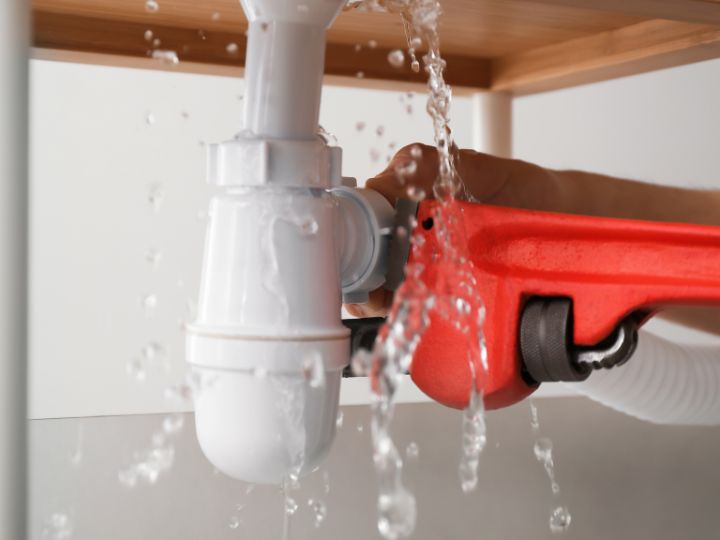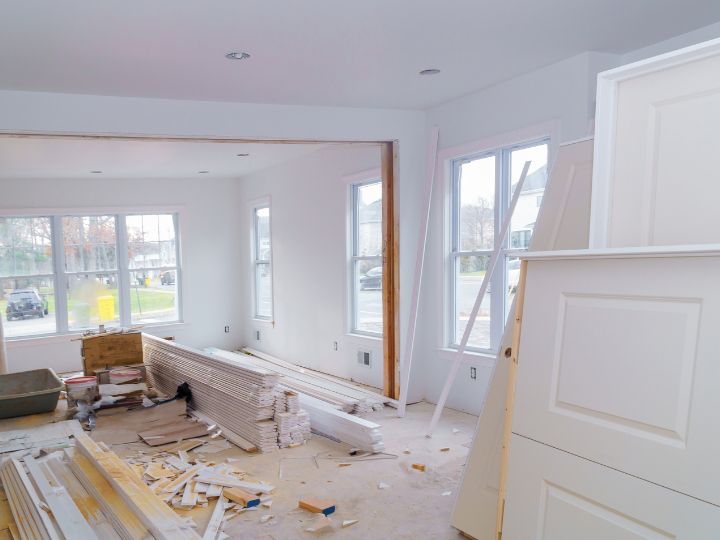
Choose the Right Kitchen Flooring: A Comparison Guide

Selecting the perfect flooring for your kitchen can significantly impact both its appearance and functionality. With various options available, it's essential to compare their features, durability, and cost to make an informed decision. This comprehensive comparison guide will help you understand the pros and cons of popular kitchen flooring options, ensuring you choose the best one for your needs.
Popular Kitchen Flooring Options
Here's a comparison of some of the most common kitchen flooring options:
1. Hardwood Flooring
Hardwood flooring adds warmth and elegance to any kitchen. It is available in a variety of species, finishes, and styles.
- Pros: Durable, timeless appearance, can be refinished.
- Cons: Susceptible to scratches and dents, requires regular maintenance, can be affected by moisture.
2. Vinyl Flooring
Vinyl flooring is a budget-friendly and versatile option available in sheets, tiles, or planks. It is known for its durability and ease of maintenance.
- Pros: Water-resistant, affordable, easy to install, available in various styles.
- Cons: Can be less durable than other materials, may fade over time.
3. Tile Flooring
Tile flooring, including ceramic and porcelain tiles, is popular for its durability and wide range of styles and patterns.
- Pros: Water-resistant, durable, easy to clean, available in various designs.
- Cons: Can be cold and hard underfoot, grout lines can be difficult to maintain.
4. Laminate Flooring
Laminate flooring mimics the look of wood or stone but is more affordable and easier to install.
- Pros: Scratch-resistant, easy to install, low maintenance, available in many styles.
- Cons: Not as durable as hardwood or tile, can be damaged by excessive moisture.
5. Cork Flooring
Cork flooring is an eco-friendly option made from the bark of cork oak trees. It provides a unique look and is comfortable underfoot.
- Pros: Sustainable, comfortable, reduces noise, warm underfoot.
- Cons: Can be susceptible to scratches and dents, may require periodic sealing.
6. Bamboo Flooring
Bamboo flooring is an eco-friendly alternative to hardwood, made from fast-growing bamboo grass.
- Pros: Sustainable, durable, similar appearance to hardwood, easy to maintain.
- Cons: Can be affected by moisture, quality varies between manufacturers.
7. Engineered Wood Flooring
Engineered wood flooring consists of a thin layer of real wood over a plywood base, offering the look of hardwood with added stability.
- Pros: More stable than solid hardwood, less susceptible to moisture, easy to install.
- Cons: Can be more expensive than laminate or vinyl, can’t be refinished as often as solid wood.

Factors to Consider When Choosing Kitchen Flooring
1. Durability
Consider the durability of the flooring material, especially in high-traffic areas. Materials like tile and hardwood tend to be more durable, while vinyl and laminate offer good durability at a lower cost.
2. Moisture Resistance
Kitchens are prone to spills and splashes, so selecting a moisture-resistant flooring option is crucial. Tile, vinyl, and engineered wood are excellent choices for moisture resistance.
3. Comfort
Comfort underfoot is important, especially if you spend a lot of time cooking or standing in the kitchen. Cork and bamboo offer more comfort compared to harder surfaces like tile and hardwood.
4. Maintenance
Different flooring materials require varying levels of maintenance. Hardwood and tile require regular cleaning and maintenance, while vinyl and laminate are easier to clean and maintain.
5. Aesthetics
Choose a flooring option that complements your kitchen’s design and style. Hardwood and tile offer classic looks, while vinyl and laminate provide more versatility and affordability.
6. Cost
Consider your budget when selecting flooring. While hardwood and tile may have a higher initial cost, options like vinyl and laminate provide more cost-effective alternatives without sacrificing style.
7. Installation
Ease of installation can also influence your choice. DIY-friendly options like vinyl and laminate can be installed with minimal effort, while hardwood and tile may require professional installation.
Conclusion
Choosing the right kitchen flooring involves weighing various factors such as durability, moisture resistance, comfort, maintenance, aesthetics, cost, and installation ease. By comparing different options and considering your specific needs, you can select the perfect flooring to enhance both the functionality and beauty of your kitchen.
For personalized advice and expert assistance with your kitchen flooring selection, contact us today. Let’s help you find the ideal flooring solution that suits your style and budget!
Latest Blogs
Transform your dream home into reality with our premier renovation services!
Book a call with us today and let's create the perfect space tailored just for you.

.svg)
.svg)


.jpg)
